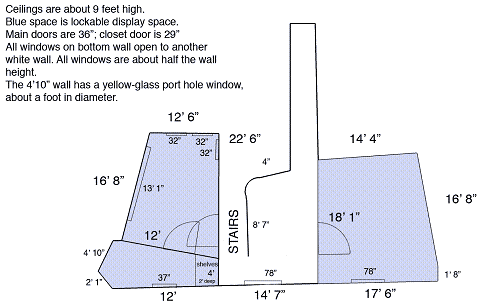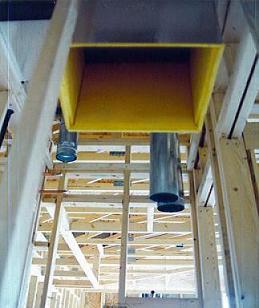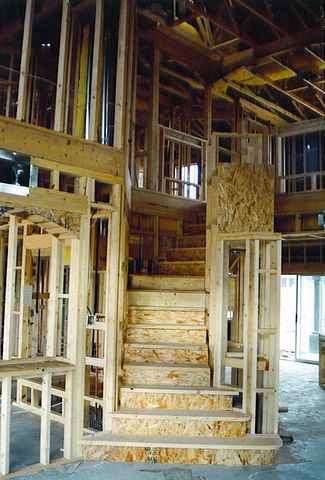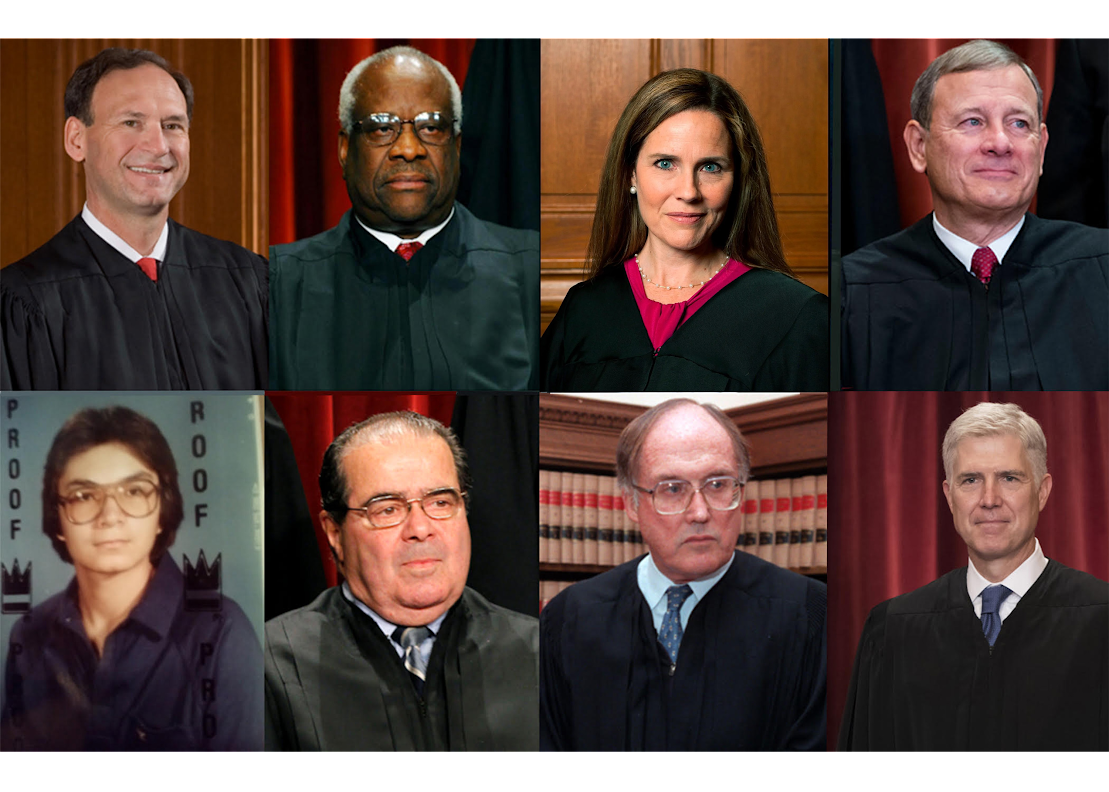June 29th, 2007 by Sergio Muñoz Sarmiento in
Art Law
The Mayor’s Office of Film, Theater and Broadcasting of New York City is hoping to force some tourists, amateur photographers, and filmmakers to obtain a city permit and $1 million liability insurance for any two persons wanting to use a camera in a single public location for more than a half hour. This same requirement would apply to any group of five or more people who plan to use a tripod in a public location for more than 10 minutes, including the time it takes to set up the equipment.
The NY Civil Liberties Union is opposing this requirement for fear of selective and discriminatory enforcement by police. The NYCLU believes that this requirement would now apply to anyone wishing to take pictures in Times Square, Rockefeller Center and ground zero.
May 17th, 2007 by Sergio Muñoz Sarmiento in
Art Law
A French judge has ordered John GAlliano to pay 150,000 euros ($270,000) to photographer Willaim Klein, to compensate for abuse of Klein’s rights as author. Of this amount, 50,000 euros were awarded for making unauthorized and poor quality reproductions of Klein’s images.
The court of first instance in Paris said Klein’s “painted contacts” were a hallmark of his work and Galliano’s use of imagery was clearly illegal in the absence of authorization from the photographer.
Galliano said it would appeal the ruling with the aim of reducing the fine as it rejected the allegation its campaign could be considered “counterfeiting.”
Klein said he was particularly offended because Dior has led a relentless campaign against illegal reproductions of its own creations. Galliano was appointed designer at Givenchy in 1995 before switching to Christian Dior the following year.
May 17th, 2007 by Sergio Muñoz Sarmiento in
Art Law
Perfect 10 magazine, which offers a subscriber-only service that claims to have photos of “the world’s most natural beautiful women,” sued Google in 2004 for providing thumbnail versions of images from the magazine. A district court had found at a preliminary hearing that Google’s images probably constituted direct infringement. But on Wednesday, the federal appellate court disagreed.
Read the rest of this entry »
May 15th, 2007 by Sergio Muñoz Sarmiento in
Projects
Having commissioned Clancco to install an exhibition in its space, Shotgun Space, Los Angeles (now defunct) reconfigured its space and expanded it to five times its original size in order to present previous structures installed by Clancco across the United States. These re-installations–originally installed on public and private property without consent–allowed viewers to experience for the first time in Los Angeles one of the multiple facets of Clancco’s oeuvre and life.

In each of the eight steps of this exhibition, the tour revealed eight sculptures installed by CLANCCO between the years 2000 and 2007. Together with eight drawings, they formed structural remains which denied the thrust of historical force, depriving events of both their form and meaning in such a context.
This exhibition was accompanied by a handout brochure (PDF version available here) expanding on this project as well as highlighting key moments in Clancco’s history.
May 5th, 2007 by Sergio Muñoz Sarmiento in
Projects
In this ongoing project, Structures, CLANCCO seeks to explore the current restrictions on the exhibition and experiencing of contemporary sculpture. This investigation takes place in private and public property through the use of property laws governing fixtures, trespass, and the acquisition of private property (adverse possession).
Through these artistic structures, CLANCCO also seeks to challenge the historical discourse of property ownership through the more recent and nascent intellectual property law discourses.
Read the rest of this entry »
May 2nd, 2007 by Sergio Muñoz Sarmiento in
Editorials
Although Clancco published this article back in May of 2007, Google’s digital library is a pertinent ongoing issue, as is highlighted in this week’s New Yorker’s article, Future Reading. In his essay, Anthony Grafton details the pros and cons to such amalgamation of information; the overwhelming influence of Western texts on “non-Western” countries; and the inability of digital files to hold the intricacies of reader notations and ruminations.
From May 5, 2007:
Google Inc. has entered in agreement with four states—Arizona, California, Utah, and Virginia—to allow Google search engines to access thousands of public records dealing with education, real estate, health care and the environment.
This access will now make available to anyone with an internet connection access to public records which were previously inaccessible or unavailable. Google is making this possible by providing free consulting and software to these state governments. The problem with this is that the privacy of private individuals who now reside, or have resided, in these four states is now available to a global audience.
Read the rest of this entry »
May 1st, 2007 by Sergio Muñoz Sarmiento in
Projects
Personal property is a type of property. In the common law systems personal property may also be called chattel. It is distinguished from real property, or real estate. In the civil law systems personal property is often called movable property or movables – any property that can be moved from one location to another. This term is in distinction with immovable property, such as land and buildings.

A fixture is a chattel which by being incorporated or attached to the real estate becomes a permanent part of the realty. For example, a brick is a chattel, but this same brick being incorprated into a wall of a structure of habitation becomes part of the real property, and thus no longer personal property.
A CLANCCO sculpture is also a chattel, which will become a fixture when attached to the real estate, thus becoming part of the realty.

Lore has it that a few years ago a house was sold and one of its main features was a beautiful rose garden. It was sold in the summer when the roses were blooming at their best.
However, the home seller understood the law of fixtures. She had planted the beautiful rose bushes in large pots buried in the ground. The day of the sale closing, the seller’s gardener removed all the beautiful rose bush plants.

Needless to say, the buyer was shocked to find the bare former rose garden with lots of holes in the ground where the pots formerly rested.
Plants and trees growing in the ground are considered to be fixtures, which are included in the sale of real estate because they are attached to the ground by roots.

But the seller was entitled to remove those beautiful rose bushes, although they were quite large, because they were still in their large pots so the roots never legally became attached to the ground.












